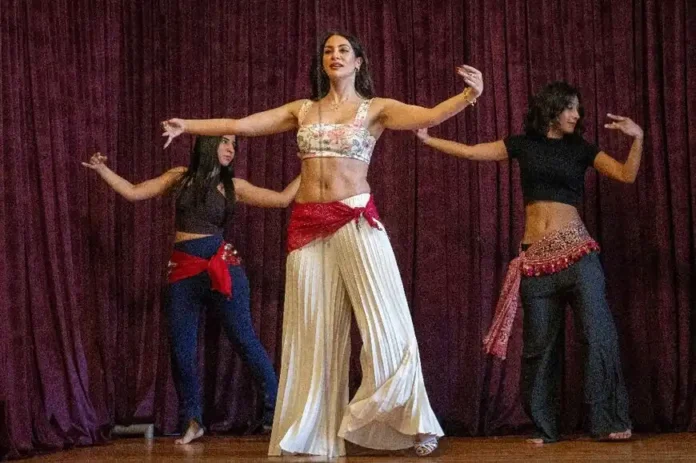CAIRO — Long celebrated abroad but maligned at home, belly dancing is seeing a quiet revolution in Egypt as a new generation of performers and instructors work to restore dignity to the ancient artform.
Once a symbol of glamour in Egypt’s cinematic golden age, belly dancers such as Naima Akef were cultural icons, revered for their grace and presence on the silver screen. Today, however, the dance is often relegated to nightclubs and wedding stages, tainted by decades of social stigma and moral judgment.
“No woman can be a belly dancer today and feel she’s truly respected,” said Safy Akef, 33, great-niece of the legendary Naima Akef. Although Safy teaches the dance, she has never performed publicly in Egypt. “Once the show ends, the audience doesn’t respect you—they objectify you,” she told AFP.
Despite her family’s deep ties to Egypt’s artistic history, Safy has chosen to teach abroad, including in Japan, rather than navigate the scorn she fears at home.
The marginalisation of belly dancing in Egypt has been shaped by both conservative attitudes and colonial narratives. What is formally called “oriental dance” is increasingly being referred to as baladi, meaning “of the homeland,” by dancers like choreographer and performer Amie Sultan.
Sultan, a classically trained ballerina, leads a movement to recontextualise the dance as a cultural heritage worth preserving and celebrating. “Baladi reflects the soul of who we are,” said Sultan. “But now it carries images of superficial entertainment, disconnected from its roots.”
In her academic study Imperialism and the Heshk Beshk, author Shatha Yehia traces the dance’s demonisation to 19th-century colonialism. French occupiers dubbed it danse du ventre—literally “dance of the belly”—a term that exoticised the art and reduced it to a spectacle. Meanwhile, the Egyptian phrase heshk beshk—evoking the hip movements of performers—became synonymous with vulgarity and moral decay.
“It’s not just a label of immorality,” Yehia writes. “It’s a vernacular symbol of the dangerous, manipulative woman.”
This legacy has shaped public attitudes, leaving few safe spaces for dancers who wish to treat the form as serious art. “People ask me all the time where they can see belly dancing that does justice to the art,” said Cairo instructor Safaa Saeed. “I struggle to answer.”
Saeed and Sultan are now advocating for belly dance to be recognised by UNESCO as part of Egypt’s intangible cultural heritage. Through stage productions, academic work, and community classes, they aim to present baladi as a respected national treasure—not just a spectacle for tourists.
For these dancers, the mission is not just about performance—it’s about reclaiming a misunderstood artform, reeducating society, and honouring a legacy that has endured despite generations of resistance.

